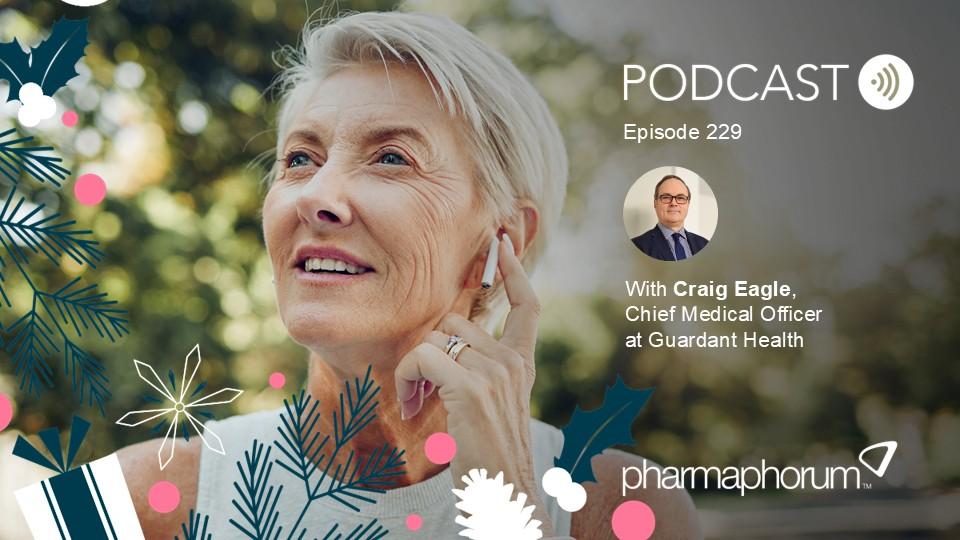Targeting hard to reach patient populations with brand messages

Laura Liotta
Sam Brown, Inc.
Communication is the most important component in a healthy relationship. It is the main ingredient for a successful and long-lasting partnership between two individuals. Without communication, a relationship cannot grow stronger, or be mutually satisfying. Instead, it can falter, and in many cases, break apart.
This principle holds true for the relationship between a brand (pharmaceutical company) and its consumers (patients). If marketers are not actively communicating with a consumer, or the consumer is not open to receiving your messages, then the relationship falters. When a consumer’s needs are not being met, there is no brand loyalty.
In the past, it was easy to communicate with consumers using traditional outreach tactics, such as television commercials and magazine advertising. Now, social media, economic challenges (i.e. high uninsured rates) and the emergence of patient-centric healthcare have changed the dynamics of brand communications.
Know your audience
While this may seem obvious, it is important to understand that your consumer base is changing and evolving on a daily basis. PR professionals and marketers find the consumer base is no longer a homogenous group with shared traits that can be reached using a “one-size fits all” approach.
Women with breast cancer do not have the same type of cancer. Some breast cancers are more aggressive than others, and require targeted treatments. If your brand is used for the treatment or symptom management of HER2+ breast cancer, then you only want to communicate with women who have too many HER2+ receptors.
Another example pertains to those trying to reach uninsured individuals. Although many marketers trying to reach this audience focus their efforts on communicating with low-income individuals, this population is no longer the majority. The face of the uninsured is now comprised of working families, self-employed individuals, and those who have lost their health benefits due to job changes or job loss. In addition, the uninsured are a diverse group, crossing many ethnic groups and ages, with the majority under the age of 44.
"...the uninsured are a diverse group, crossing many ethnic groups and ages, with the majority under the age of 44."
Researching your consumer base is important. And, continuing to do so over time is vital. You need to know:
• Who are they?
• What is important to them?
• Where do they communicate with each other and seek information?
• Where do they seem most open to receiving your messages?
Focus groups and surveys are still valuable tools to research your consumers and identify segments within the population most likely to hear the brand’s messages, and the best ways to communicate those messages.
In recent years, online social communication “listening” has become one of the more popular ways to identify your consumers. Using a social media listening service, such as Radian6 or Nielsen BuzzMetrics (or one of the many others), you can listen across multiple social communication platforms and learn who is talking the most about a particular disease or medicine, your competition, your industry, or issues that may impact your brand, such as medicine non-adherence. This information can be used to develop impactful messages that compel your consumers to action.
“In recent years, online social communication “listening” has become
one of the more popular ways to identify your consumers.”
Once you have identified your consumers, and begin listening to them, you can then develop a strategic communications plan to interact with and engage them.
Find / meet on common ground
Where are your consumers? Are they connecting in person at a particular event? Are they using online chat rooms to talk about living with bipolar disease or schizophrenia? Or, are they participating in online support groups to share how they are caring for a loved one with a disability, or an aging parent with Alzheimer’s?
You need to find out where your consumers are meeting, so you can join them and engage them.
Face to face
Personal communication can be an effective way to communicate with certain segments of your population. By sharing an honest one-on-one dialogue, you have an opportunity to educate them about your brand, and address any concerns that may have prevented brand usage, such as availability, access, or price.
"You need to find out where your consumers are meeting, so you can join them and engage them."
Find venues or events that draw the largest percentage of your population, and encourage interaction among attendees. Does your consumer base go to Minor League Baseball games or NASCAR races? Or, are they women with diabetes who come together once or twice a year at the Weekend for Women’s conference? If so, look into game / race / conference sponsorships that offer opportunities to speak with attendees personally.
Online
Social media networks and platforms provide another area for you to reach your consumers and engage them in a new way that is more open and interactive. No longer are you pushing information to them, you are sharing an experience together.
Recent studies show the majority of consumers are spending most of their time online seeking healthcare information. They are more comfortable sharing and interacting with others about healthcare issues on social media platforms such as Facebook and Twitter, than they are in person. As a result, you need to embrace these platforms of choice and create a presence – one that is not too brand promotional, but offers real value.
Post messages that are relevant to your consumers. If they are uninsured, offer information that is relevant to them such as health clinics, free medical services, or updates on the Affordable Care Act. People living with rare chronic diseases may be interested in clinical trials, or how to improve their overall quality so sharing and communicating such relevant information should be a part of your communications plan.
A segment of people living with mental health issues may be observing on Facebook and Twitter, but not actively commenting because mental health patients often find it difficult to discuss their health challenges publicly. Instead, they are spending time sharing their stories on forums and in chat rooms with others living with similar conditions. Start a patient community or a chat room for these individuals to share their stories, encourage them to post photos or videos. Create a place where they can openly exchange ideas and information. If your audience is skeptical, or hesitant to talk about their condition, it may be best to communicate with their caregivers.
Build networks of brand champions (or advocates)
Who does your target consumer trust for health information? Where are they turning for guidance? Is it their physician, nurse, or pharmacist? What about the local chapter of a disease advocacy organization?
"By building a network of champions – individuals who interact with your consumer on a regular basis ? these individuals can speak with a credible voice on your behalf"
These trusted sources make excellent brand champions. By building a network of champions – individuals who interact with your consumer on a regular basis ? these individuals can speak with a credible voice on your behalf and help to spread your messages via word of mouth.
You can even build these champions via social media. There are many ways to engage these champions virally.
Through these targeted and strategic activities, you can identify, communicate with and engage your “hard to reach” patient populations with your messages. But, even more important, once you reach your right audience, make sure you OWN the share of voice.
About the author:
Laura Liotta is the president and founder of Sam Brown, Inc., a leading independent, healthcare communications agency that has been serving the life science industry for more than 13 years. You can find them at www.sambrown.com and on Twitter at @SamBrownInc
How do you attempt to engage with hard to reach patient populations?












